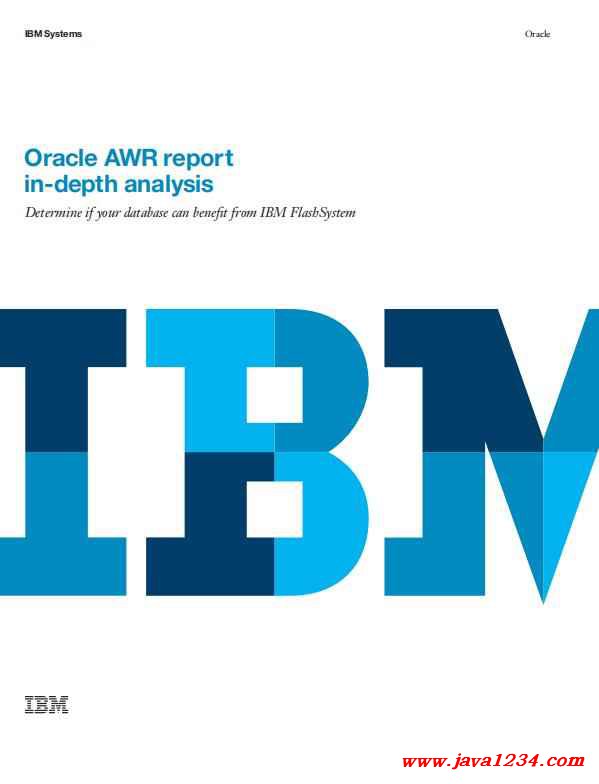| хд▒цХИщУ╛цОехдДчРЖ |
|
Oracle AWR report in-depth analysis PDF ф╕ЛшЭ▓
цЬмчлЩцХ┤чРЖф╕ЛшЭ▓хQ?/strong>
щУ╛цОехQ?a target="_blank">https://pan.baidu.com/s/1_McZ2ITVCExevNEQBsqOXQ
цПРхПЦчаБя╝Ъ(xим)9qhw
чЫ╕хЕ│цИкхЫ╛хQ?/strong>

ф╕╗шжБхЖЕхо╣хQ?/strong>
What is AWR?
The AWR provides a set of tables into which snapshots of
system statistics are stored. Generally these snapshots are
taken on an hourly basis and include wait interface statistics,
top SQL, memory, and I/O information that is cumulative in
nature up to the time of the capture. The AWR report process
takes the cumulative data from two snapshots and subtracts the
earlier snapshot’s cumulative data from the later snapshot and
then generates a delta report showing the statistics and
information relevant for the time period requested. AWR is a
more advanced version of the old Statspack reports that has
been automated and made integral to Oracle’s automated
tuning processes for the Oracle Database.
AWR reports are run internally each hour and the fjndings
are reported to the OEM interface. The user can use OEM
or manual processes to create a full AWR report, in text or
HTML format. These text or HTML reports are what we
will be examining in this paper.
What should you know before
examining AWR reports?
Before examining AWR reports, DBAs should be familiar
with the basic wait events that an Oracle Database may
encounter and the typical latches that may cause performance
issues, plus be aware of what a typical performance profjle
looks like for their particular system. Usually by examining
several AWR reports from periods of normal or good
performance, DBAs can acquaint themselves with the
basic performance profjle of their database.
Things to notice in the baseline reports include normal levels
of specifjc wait events and latches and the normal I/O profjle
(normal I/O rates and timings for the database fjles). Other
items to look at are the number and types of sorts, the memory
layout, and Process Global Area (PGA) activity levels.
In order to be aware of what waits, latches, and statistics are
signifjcant, it is suggested that DBAs become familiar with
the Oracle Database Tuning guide and concepts manual.
Tuning books by outside authors can also provide more
detailed insight into Oracle Database tuning techniques
and concepts.
Take a top-down approach
Unless you are looking for specifjc problems such as a known
SQL issue, it is usually best to start with the top data in the
AWR report and drill down into the later sections as indicated
by the wait events and latch data. The fjrst section of an AWR
report shows general data about the instance; look at Figure 1
for an example header section.
|




 шЛПхЕм╛|СхоЙхд?32061202001004хП?/p>
шЛПхЕм╛|СхоЙхд?32061202001004хП?/p>


